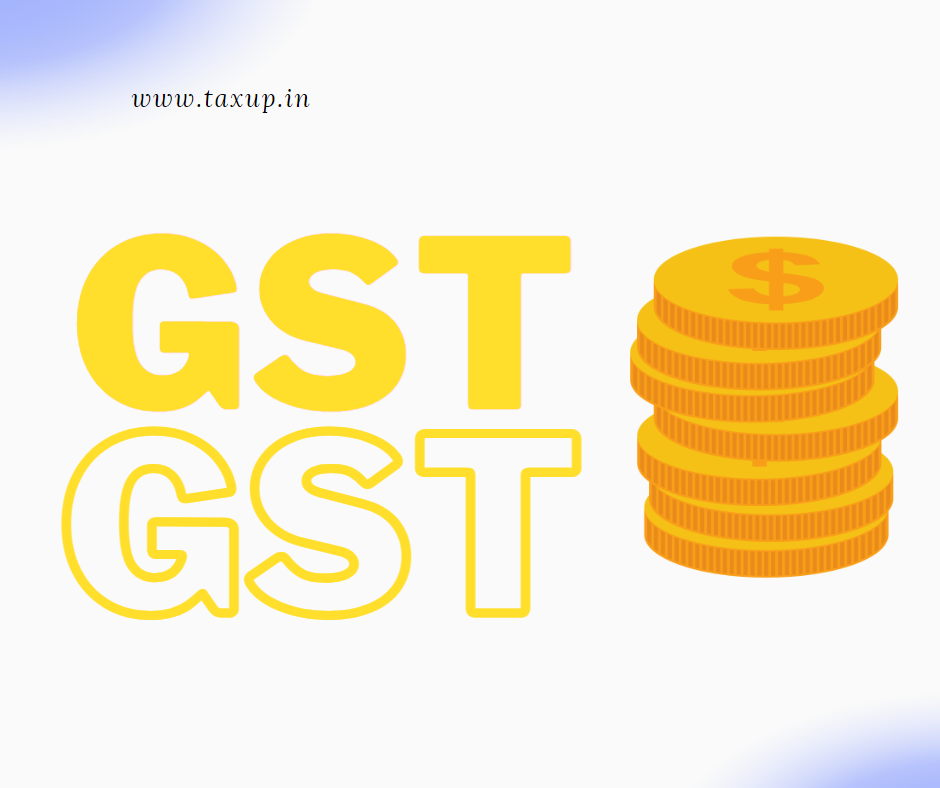
What is GST?
GST stands for goods and service tax! GST is an indirect tax being paid by every single person who buys any goods or service from anywhere in India, or in some cases even from outside of India. Here by indirect tax, it means a tax which is being burden on the final consumer of the goods or service, but it gets to government via retailer to wholesaler to manufacturer. The consumer does not have to pay GST directly to government’s account generally!
Before GST India had many different taxes like state VAT, CENVAT, sales tax, entertainment tax etc. which been replaced by single tax. GST was implemented in India from 1st July 2017. France was the first nation to implement GST in the whole world. The table of GST has three legs identifies as below
- SGST – State goods and service tax
- IGST – Integrated goods and service tax
- UTGST – Union territory goods and service tax
SGST levied by state, IGST is combination of Central-GST and State-GST that’s why it’s levied by central government and later they pass the state’s portion to respective states or UTs, and UTGST being levied by union territories.
Does GST mean same percentage of tax on everything?
NO! As we hear ONE NATION, ONE TAX we get the misconception of same tax on all goods, what it exactly mean is one tax on same goods and service all over India. GST is being monitored by GST council and the council decides the rate of taxes according to category of goods and services. For example, essential goods falls in lower tax rate and luxury goods and services falls in higher percentage of tax slab according to its importance in people’s life. India has four different tax slab for GST right now – 5%, 12%, 18%, 28%.
To our surprise there are some goods on which GST doesn’t apply, like alcoholic liquor for human consumption, that doesn’t mean its tax free but attracts other taxes than GST. Even petrol, crude oil, natural gas, diesel, aviation turbine fuel and tobacco products does not attract GST, it falls under excise duty and state vat list till now. GST council meets at regular intervals to monitor the tax rates according to demand and supply of goods and service, inflation and other economical factor, and keeps shuffling the needed list.
Who needs GST registration and why?
GST council has set limit of turnover, 5 lakh to 20 lakh for different class of goods and service and for different class of states. It depends on – in which state the person conducts business, according to that he will have minimum turn over limitation for need of GST registration. But voluntarily anyone can register for GSTIN irrespective of turnover and place. GST registration is compulsory to get benefit of input tax credit. On the other hand every Ecommerce business has to get GSTIN from the day of commencement of business, no need to look at any turnover limit for that.
Any person setting up or participate any sales exhibition in any other state than their regular place of business then he has to get casual GSTIN from the state they are commencing exhibition and sale. Casual GSTIN gets inactive after the time of event. There is one concept of reverse charge of the tax in GST where the consumer has to pay tax directly to government instead of the service provider, e.g. import of any service via ecommerce from other country, the tax on services of lawyers.
GST is being considered very progressive method of tax for developing country like India, GST makes input credit tax process smoother for businessman to have easement of trade between multi-states.
